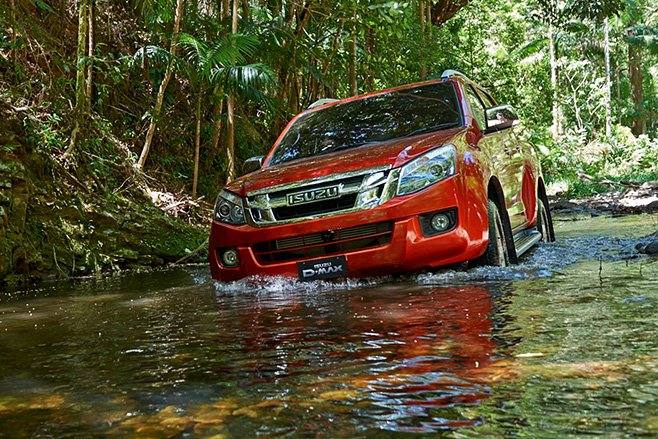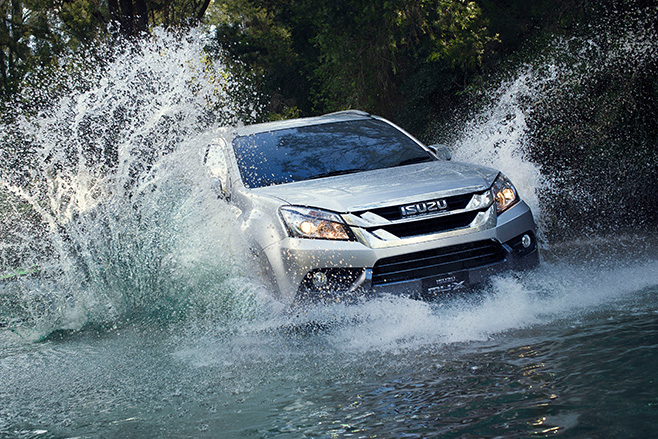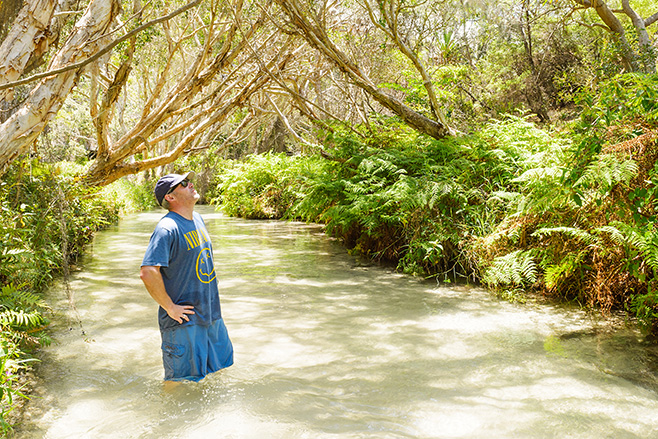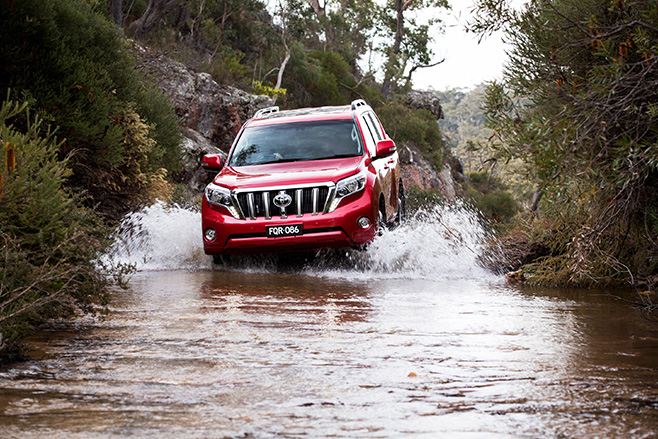
For an outsider, there is much that’s mystifying about the passion people have for going off-road, or “bush bashing”, as some call it.
Some obvious questions are raised, like: “What have bushes ever done to you?” Or “Didn’t mankind invent hotels for a reason?” And “How exactly are you communing with nature when you’re cloistered inside a vast steel beast with air conditioning and heated seats?”
All of these are subsumed by the overarching question, of course, “why?”
And yet, if you can manage to push past your reservations, and past the boundaries of cities and towns to truly spectacular locations like the rusty red dust of the outback outside Alice Springs, or the vast golden sandiness of Fraser Island (a place you’re not even allowed to drive unless you’ve got a proper four-wheel drive), the rewards can be both surprising and enlightening.

To do these things requires more than just a budget big enough to buy a hulking modern SUV, and the fuel and tyres to keep it moving, but some skill as well.
One of the most disturbing days I’ve ever had at work was watching a colleague destroy a $70,000 BMW X1 by taking it into the middle of a gushing, icy mountain stream and allowing water to enter and permanently drown the engine (the interior wasn’t pretty either).
Yes, it was mostly disturbing because I was the one who had to make the call to BMW, but part of my alarm was at how easy it was to get something like a river crossing – quite possibly my favourite part of off-roading – so disastrously wrong.
It’s hard to explain why driving a car through a large body of water is so much fun. Obviously it looks great from the outside, but from the driver’s seat you can’t really see the giant rooster tail of sparkling water you’re creating in your wake.

All the driver can see is a view that seems totally unnatural, daunting and yet exciting, a rushing river, rising to your bonnet at times, that conceals an invisible minefield of rocks, boulders and clingy, sucky sand, all of which you must negotiate by feel rather than sight.
There’s just something so adventurous about the idea of taking a car somewhere it so clearly doesn’t belong; not so much a fish out of water as a metallic whale in the stuff.
Your basic goal in this situation is to keep the engine running, and pushing exhaust pressure out your rear pipes to keep water from finding its way in and killing your car (if you’re serious enough to have a snorkel feeding air to the engine running up the side of your windscreen this is less of a problem).
Before you set off it’s also important to examine where the engine’s air intake is, because this will determine your maximum wading depth. This figure can also generally be found in your owner’s manual.

The other big reason for keeping up momentum once you’re in the water is to create a constant, smooth bow-wave in front of you, which will keep water from rushing into your engine bay. It’s all about rhythm, because big surges of acceleration will only cause water to gush in where you don’t want it.
Being consistent and smooth is difficult, of course, if you’re driving blind over rocks. This is why the intelligent four-wheel driver checks the course through the river first by walking it. Yes, even if the water is cold. Temporarily reducing the size of your sexual organs is worth it if it keeps your car from drowning, and if the water is too deep for you to walk through, it’s too deep for your SUV anyway.
Check for big obstacles and sudden dips or drop-offs, and also assess how much grip there is on the bottom. The middle of a river is a bad place to get bogged.
A lack of preparation, and thought, is where a lot of people come unstuck, of course. There are tidal creeks on Fraser Island that can trap you for hours as you wait for them to drop to passable levels, and it’s hilarious to watch the more manly types attempting to cross too soon, and coming a cropper.

Selecting Low Range is also vital for serious river crossings, as you need all the grip you can get, and a more gentle torque delivery to keep that bow wave moving.
Some experts recommend leaving your seatbelt off, in case you have to make a quick exit, and keeping anything you might need – like tow ropes to pull you out – up high enough that you can get to them.
If your car has electric windows, wind them down before you enter the water. An electrical fault sealing them shut could cut off your escape route, once water pressure starts forcing your doors inwards.
Serious off-roaders will consider spraying the undercarriage of their vehicles with water-repellent, to protect electrical systems, and attaching a tarpaulin across the nose of the car, to keep the engine bay dry and help with that consistent bow wave.
All this can sound scary and intimidating, but crossing a river is only as brave as you need it to be. If the water’s too deep, just find another way. But if you want to have a go, start shallow. You don’t need a lot of water to feel like you’re a bold adventurer, mastering the elements in your magnificent driving machine.



